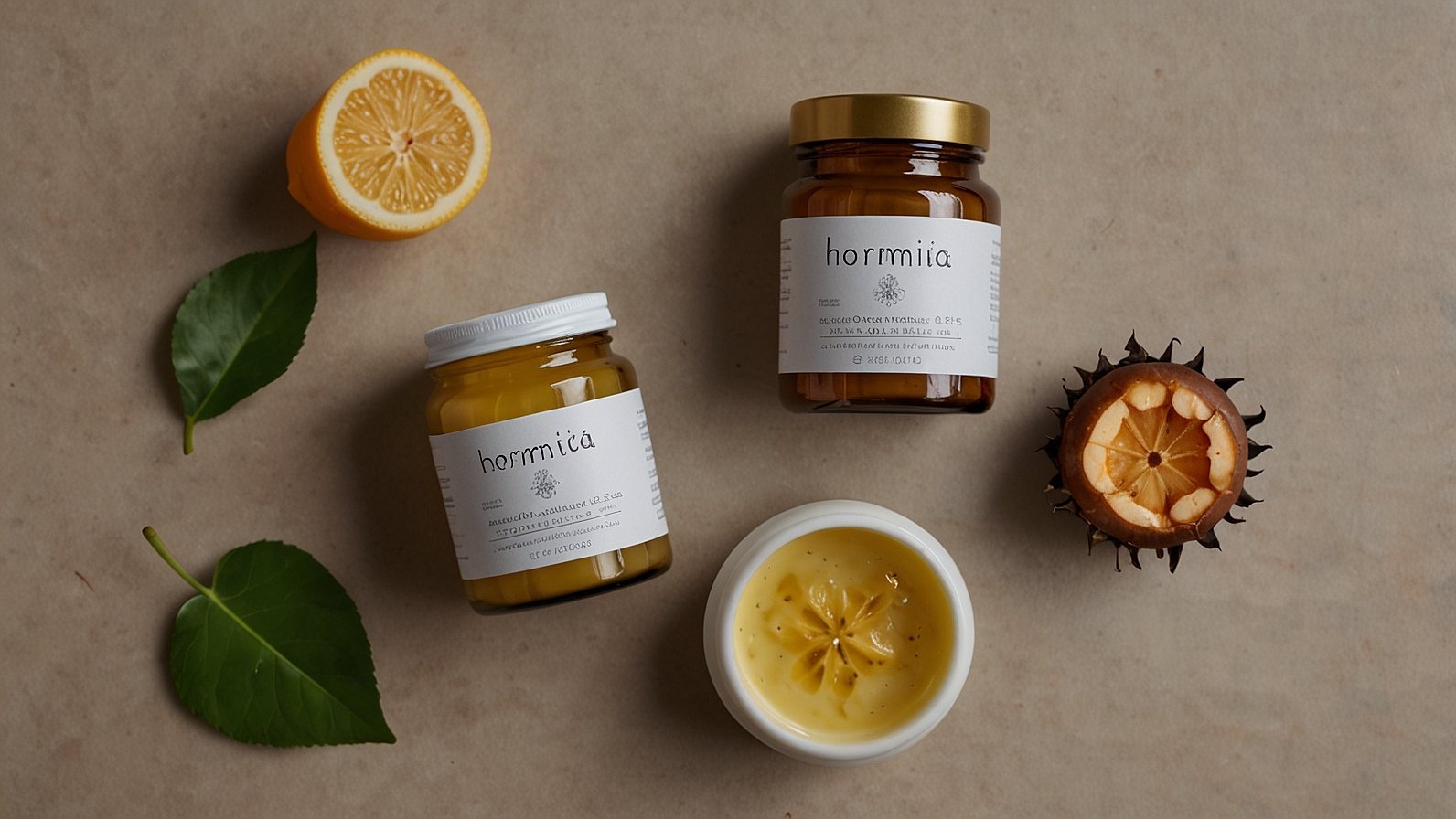What if a single, ancient spice hidden in your curry powder could hold secrets to balancing your blood sugar, boosting your nutrition, and even helping new mothers? That powerful plant isn’t a rare discovery—it’s probably already in your spice cabinet. It’s called foenegriek.
Forget the latest superfood powder. One of the world’s most proven medicinal plants has been flavoring dishes for millennia. Foenegriek, known globally as fenugreek, is a humble legume with a mighty punch, bridging the gap between kitchen staple and wellness supplement. Let’s explore its fascinating benefits, uses, and how you can harness its power safely.
What Exactly is Foenegriek? From Seed to Superstar
Scientifically named Trigonella foenum-graecum (meaning “Greek hay”), foenegriek is a clover-like plant native to the Mediterranean and South Asia. For thousands of years, its small, amber-colored seeds and fresh green leaves have been cornerstones of both culinary and Ayurvedic traditions.
Today, it’s used in two primary forms, each with its own unique profile:
| Form of Foenegriek | Culinary Use & Flavor Profile |
|---|---|
| Seeds (Whole or Ground) | The star of spice blends like Indian panch phoron and sambar powder, and a key agent in pickling. Taste: Slightly bitter and nutty when raw, transforming into a rich, maple-scented aroma when toasted. |
| Leaves (Fresh or Dried) | Known as methi in Hindi, the leaves are used as a herb. Fresh leaves are sautéed or used in flatbreads (methi paratha), while dried leaves are a potent addition to curries and dals. Taste: Aromatic, with a subtle bitterness similar to celery or fennel. |
More Than Just Flavor: The Nutrient Powerhouse
Don’t let its size fool you. The foenegriek seed is densely packed with compounds that contribute to its superstar status.
We’re talking about a fantastic source of fiber (specifically galactomannan, a soluble fiber), protein, and essential minerals like iron, magnesium, and manganese. It also contains a notable amount of Vitamin B6, crucial for metabolism and brain health.
This isn’t just a list of nutrients; it’s a recipe for function. That high fiber content, for instance, is a key player in promoting digestive health and managing cholesterol levels. Furthermore, the unique combination of compounds is what gives foenegriek its remarkable medicinal properties.
Foenegriek in Action: Traditional Wisdom Meets Modern Science
This is where the magic happens. For centuries, foenegriek has been a go-to remedy. Now, modern research is beginning to understand why.
Supporting Metabolic Health
Imagine foenegriek fiber as a slow-release energy module. It forms a gel in the gut, helping to slow down the absorption of carbohydrates and sugars. This mechanism is a game-changer for preventing sharp spikes and crashes in blood sugar, making it a subject of great interest for supporting metabolic health.
A Galactagogue for Breastfeeding
This is one of its most celebrated traditional uses. Many cultures have used foenegriek tea or supplements to support healthy milk production in new mothers. How does it work? It’s believed that compounds in foenegreek (phytoestrogens like diosgenin) may stimulate sweat and mammary gland production. Contrary to popular belief, it doesn’t work for everyone, and results can take a few days to a week. It’s a supportive tool, not an instant miracle.
Other Potential Benefits
While more research is needed, preliminary studies suggest foenegriek may aid with digestion, act as a mild appetite stimulant (a use historically favored by bodybuilders), and possess anti-inflammatory properties. It’s a classic example of an ancient text that modern science is just now learning to fully translate.
Navigating Use and Safety: Your Practical Guide
Ready to give it a try? Here’s how to incorporate foenegriek into your life thoughtfully and safely.
How to Incorporate Foenegriek into Your Diet:
- Culinary Adventure: Add a pinch of ground seeds to curries, stews, soups, or even your morning coffee for a maple-like depth. Toast whole seeds in a dry pan first to mellow the bitterness and unlock their full aroma.
- A Soothing Tea: Steep 1 teaspoon of whole seeds in a cup of hot water for 5-10 minutes. Strain and enjoy. You can add honey or lemon to taste.
- Supplementation: Capsules and tinctures offer a concentrated dose. This is where caution is paramount.
Important Safety Note: Like any potent supplement, foenegriek can cause side effects like gastrointestinal upset (gas, bloating) or allergic reactions, especially in those with peanut/legume allergies. It can also interact with diabetes and blood-thinning medications due to its effects on blood sugar and clotting. Always talk to your doctor or a qualified healthcare provider before starting any new supplement regimen, especially if you are pregnant, breastfeeding, or on medication.
Your Next Steps to Try Today
Ultimately, foenegriek is a powerful bridge between the kitchen and the medicine cabinet. It’s a testament to the idea that some of the best remedies have been flavoring our food all along.
- Explore Your Spice Rack: Do you have curry powder? Check the label—you might already have foenegriek at home.
- Taste Test: Toast a teaspoon of seeds in a dry pan until fragrant, then smell that incredible maple aroma. It’s a culinary experience in itself.
- Consult a Pro: If you’re considering it for a specific health goal, book that appointment with your doctor or a registered dietitian.
What’s your favorite way to use this versatile spice? Will you be trying it in a savory dish or exploring it as a tea? Let us know!
You May Also Read: Elements of Comprehensive Care Plans for Foot and Ankle Health
Frequently Asked Questions
What does foenegriek taste like?
The seeds have a unique flavor profile: slightly bitter and nutty when raw, but when toasted, they release a sweet, unmistakable aroma reminiscent of maple syrup or caramel.
Can I grow foenegriek at home?
Absolutely! It’s an annual plant that grows well in pots or gardens with plenty of sun. You can harvest the fresh leaves (called methi) in just a few weeks.
Does foenegriek really help with weight loss?
Its high fiber content can promote feelings of fullness, which may indirectly support weight management by reducing overall calorie intake. However, it is not a standalone solution for weight loss.
Are the side effects serious?
For most people, side effects are mild (like gas or bloating). However, due to its potent effects on blood sugar and potential for allergic reaction, it’s vital to speak with a doctor, especially if you have underlying conditions or are on medication.
What’s the difference between the seeds and the leaves?
They are used quite differently. The seeds are a SPICE, used whole or ground for their intense, aromatic flavor. The leaves are a HERB, used fresh or dried like spinach or parsley for a more subtle, grassy flavor.










